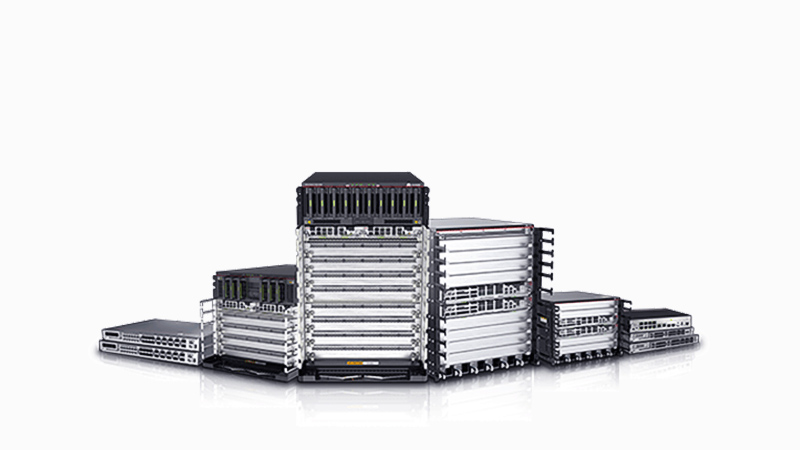In the ever-evolving landscape of digital communications, network infrastructure remains the backbone that supports connectivity across the globe. Huawei, a leading player in the telecommunications industry, has developed a robust network infrastructure that powers a wide range of services, from simple data transmission to complex cloud computing networks. This comprehensive […]
In the ever-evolving landscape of digital communications, network infrastructure remains the backbone that supports connectivity across the globe. Huawei, a leading player in the telecommunications industry, has developed a robust network infrastructure that powers a wide range of services, from simple data transmission to complex cloud computing networks. This comprehensive guide will explore Huawei’s network infrastructure, its components, integration with other technologies such as Mimosa Network and PEP Link, and its impact on the global telecommunications sphere.
Understanding Huawei Network Infrastructure
Huawei’s network infrastructure encompasses a variety of technologies designed to support telecommunication networks, data centers, and enterprise IT solutions. Huawei invests heavily in research and development to ensure its solutions are cutting-edge, energy-efficient, and reliable.
Core Components of Huawei Network Infrastructure
- Routing and Switching: Huawei provides a comprehensive range of routers and switches that form the backbone of any network infrastructure. These devices support high-speed data transmission, network stability, and seamless connectivity.
- Optical Networking: Huawei is known for its advancements in optical networking, providing solutions that allow for high-capacity data transfer over large distances. This is crucial for supporting the backhaul in 5G and broadband networks.
- Wireless Solutions: Wireless technology is at the core of modern connectivity, and Huawei’s wireless solutions, including 5G, LTE, and Wi-Fi technologies, play a pivotal role in this domain.
- Data Center Solutions: Huawei also excels in providing robust data center solutions that include servers, storage, and cloud services, ensuring scalable and secure storage and processing of data.
- Network Security: Given the rising concerns over cybersecurity, Huawei integrates comprehensive security protocols within its infrastructure to protect data and ensure network integrity.
Integration with Mimosa Network and PEP Link
Mimosa Network
Mimosa Networks specializes in high-performance wireless broadband solutions, particularly focusing on point-to-point and point-to-multipoint network architectures. Integrating Huawei’s infrastructure with Mimosa Network’s technology enhances wireless communication capabilities:
- Extended Coverage: By integrating Huawei’s robust network infrastructure with Mimosa’s wireless technologies, it is possible to provide extended network coverage in remote and challenging environments.
- High-Performance Backhaul: Mimosa’s solutions complement Huawei’s wireless offerings by providing reliable and high-capacity backhaul connectivity, essential for applications demanding intensive data transmission.
PEP Link
PEP Link, known for its advanced router technology and multi-WAN connectivity solutions, can be synergistically integrated with Huawei’s network infrastructure:
- Network Redundancy and Reliability: PEP Link routers enhance network reliability by allowing multiple WAN connections, which can be used as backup in case of primary link failure, fortifying Huawei’s infrastructure against disruptions.
- Optimized Bandwidth Utilization: With PEP Link’s bandwidth management, Huawei’s network solutions can efficiently distribute data across multiple paths, ensuring optimal use of available bandwidth and improved network performance.

Benefits of Huawei Network Infrastructure
- Scalability: Huawei’s network solutions are designed to scale effortlessly, accommodating the growth of data and connectivity demands without significant overhauls.
- Energy Efficiency: With increasing awareness of energy consumption, Huawei’s infrastructure is built to minimize energy usage while maximizing performance, aligning with global sustainability efforts.
- Innovation and Cutting-edge Technology: Constant investment in R&D ensures that Huawei remains at the forefront of technological innovation, providing future-proof solutions for telecommunications.
- Comprehensive Support and Service: Huawei offers extensive support and professional services to help customers deploy, optimize, and manage their network infrastructure efficiently.
Challenges in Huawei Network Implementation
Despite its benefits, there are challenges associated with deploying Huawei’s network infrastructure:
- Security Concerns: Amid geopolitical tensions, Huawei has faced scrutiny over security and espionage allegations, which necessitates rigor in adherence to international security standards and transparency.
- Regulatory Compliance: Navigating the complex regulatory environments in different countries can pose challenges that require familiarity with local laws and regulations.
- Integration with Existing Systems: Integrating Huawei’s network solutions with existing infrastructures needs careful planning and expertise to ensure interoperability and performance optimization.
Conclusion
Huawei Network Infrastructure represents a comprehensive and advanced solution in the telecommunications industry, enabling efficient and robust communication across various platforms. By integrating with technologies like Mimosa Networks and PEP Link, Huawei enhances its offering to deliver extended coverage, reliability, and optimized performance.
Navigating the complexities of modern network demands requires a sophisticated approach, and Huawei provides the tools and expertise necessary to build resilient and future-ready infrastructures. Despite the challenges, Huawei remains a pivotal player poised to shape the future of global telecommunications through innovation and technological excellence. As the digital landscape continues to evolve, Huawei’s commitment to excellence ensures its relevance and vital role in connecting the world.









